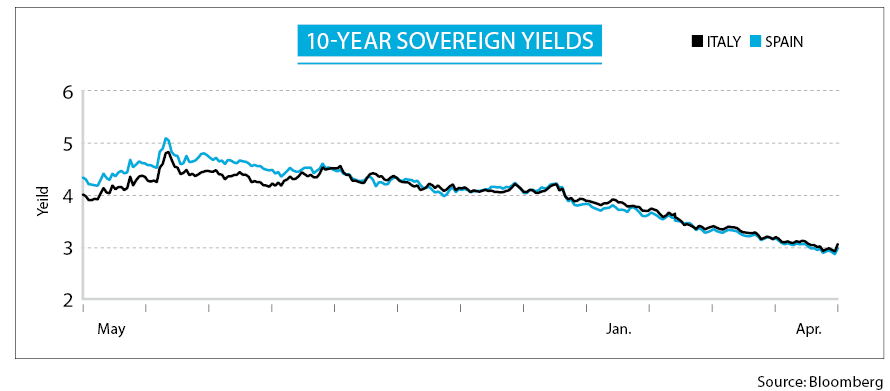Global Bond Investing Global Fixed Income
Post on: 14 Июль, 2015 No Comment

Global Bonds
U.S. investors have traditionally diversified their domestically focused portfolio primarily though the use of international equity funds. Today, however, international bonds make up more than 35% of the worlds investable assets, yet many investors have little or no exposure to them.
Some investors may have sensible reasons for limiting their fixed income exposure to just one country (e.g. for tax considerations). But with the U.S. representing only about 27% of the total global bond market, it makes sense for most investors to look at fixed income investments outside their home country.
In the U.S. fixed income research has demonstrated a reliable relationship between observable credit and term spreads and expected future return differences. More specifically, differences in credit spreads reliably indicate when credit risk is likely to be compensated with higher returns. This holds true in developed foreign fixed income markets as well.
When credit spreads widen, credit risk is expected to outperform on a relative basis; when credit spreads narrow, taking credit risk is less likely to deliver attractive rewards. Investors can use information contained in current credit spreads to design fixed income strategies that dynamically vary exposure to credit risk without any need to predict changes in issuer credit ratings. Predicting credit rating changes is similar to stock picking, and unlikely to consistently add value.

Similarly, current term spreads, or yield curves, contain reliable information about future term rewards. In particular, wider (narrower) term spreads predict larger (smaller) term premiums. Investors can use information contained in the current shape of the yield curve to design fixed income strategies that dynamically vary their exposure to term risk without any need to forecast interest rate changes. Research shows that changes in global interest rates are largely unpredictable and impossible to forecast with enough consistency to produce good results. In other words, an active investment style in international bonds is unlikely to offer consistent long-term rewards.
Its worth noting that with non-dollar bonds, there is the additional concern of foreign currency exposure. Efficient market research conducted on exchange rates found the same random walk phenomenon as with the stock market. Exchange rates move unpredictably. Currency exposure clearly increases the volatility of the fixed income portfolio (See the table that follows).














